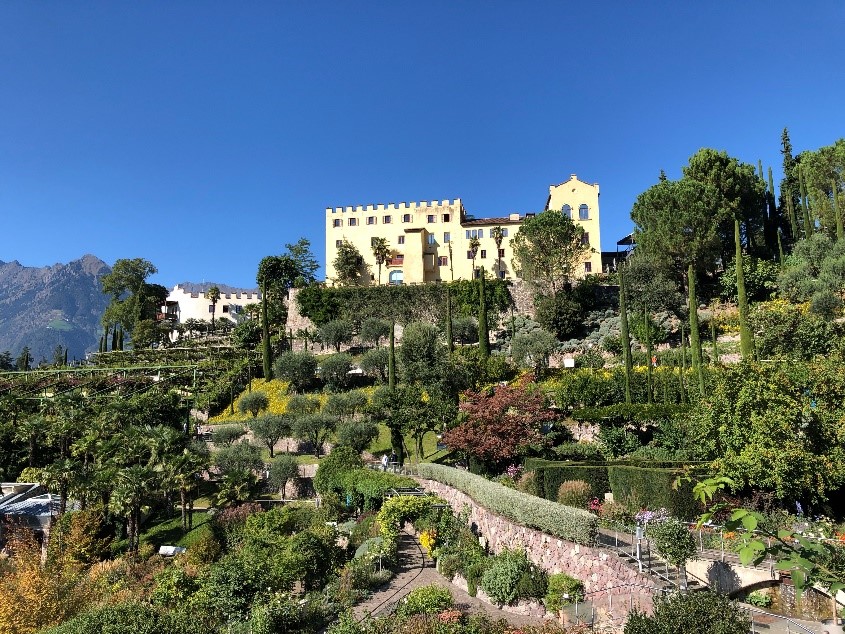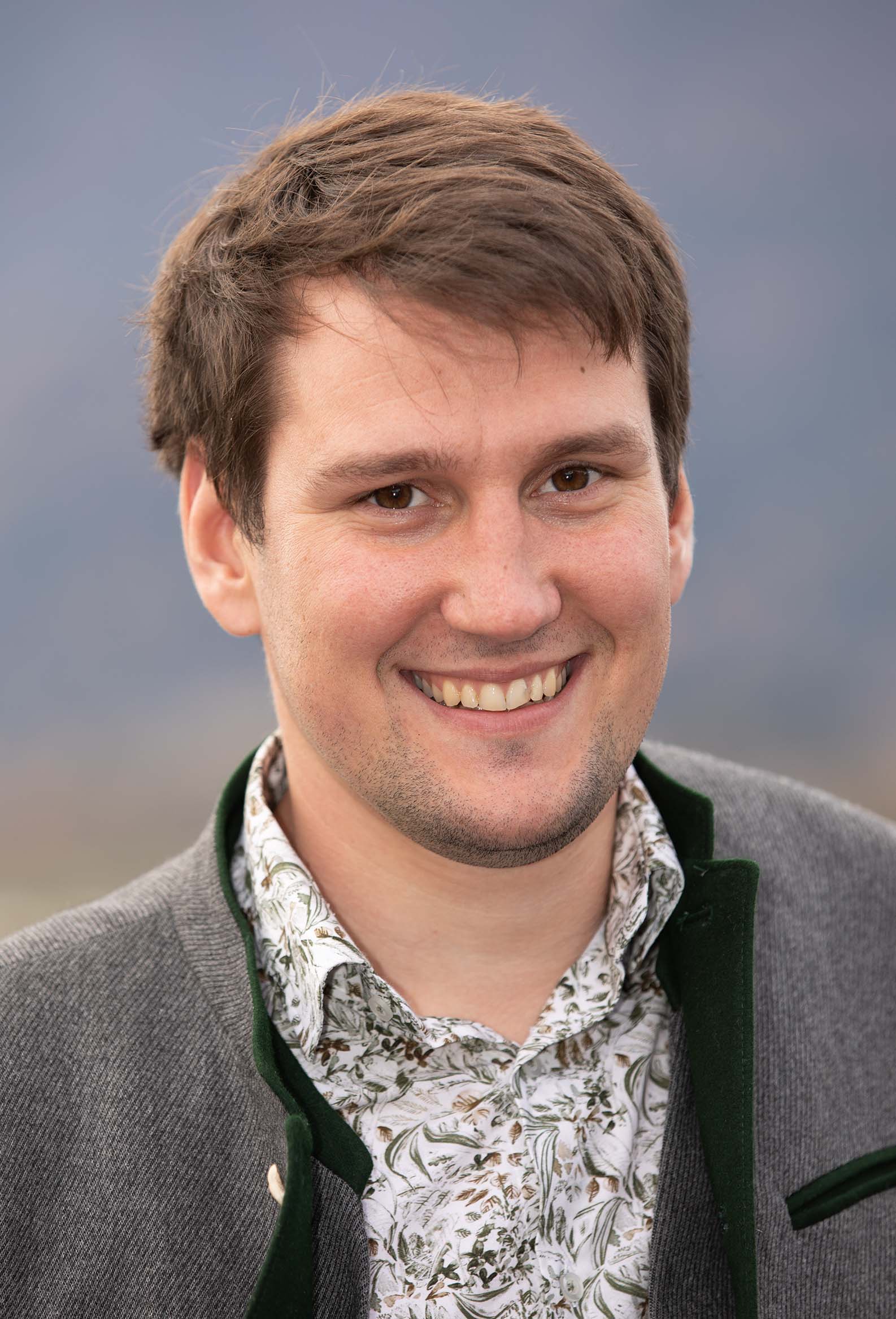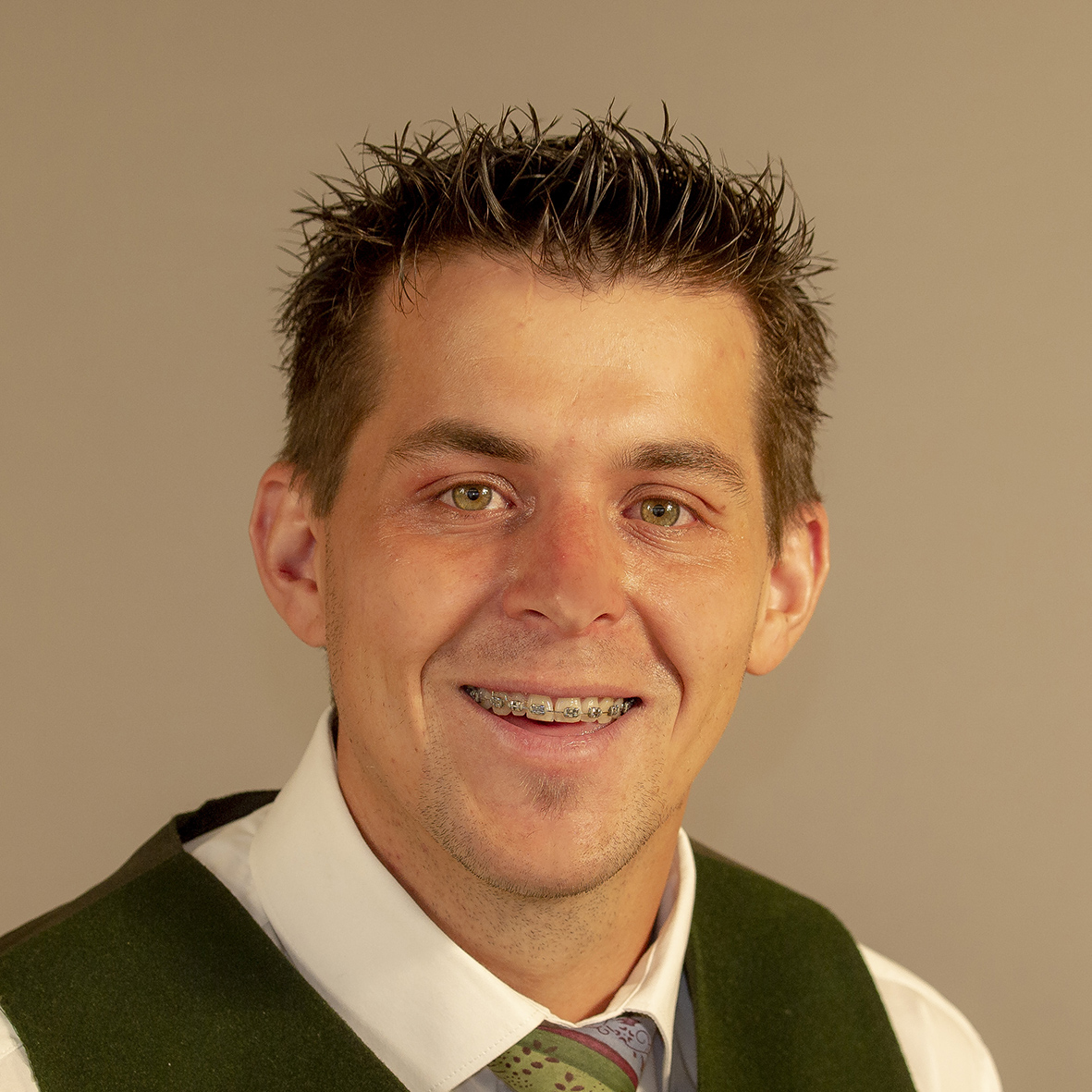We were accompanied by Prof. Kaltenegger and Prof. Steiner and the Agria travel agency.
route
Our start - September 20th - we went from Raumberg via Carinthia to East Tyrol in Carinthia, we had our first stadium in the Gailtal. It was an organic cheese farm, where the third generation was farming and making cheese in the cycle of nature. We then moved on to East Tyrol, where we gained a very interesting insight into the Loacker waffle world. We were allowed to design our own waffle and then taste it.
Our first stay was Brixen , Brixen is one of the oldest cities in the region and the third largest city in South Tyrol. A tour of the city was also a must; Brixen was a very important residence of prince-bishops for centuries. When you're in South Tyrol, there's one thing you can't miss - the apple - the flagship product. We visited some companies that are known far beyond the borders for their diversity (South Tyrol is the largest closed fruit-growing area in the EU with 18,400 hectares). Not only well-known varieties such as Golden Delicious and Gala are grown, but also very tasty, strictly limited so-called club varieties. Incidentally, South Tyrol is also known for its wine - around 20 different grape varieties are grown on almost 5,400 hectares. Although it is one of the smallest wine-growing regions in Italy, it has nevertheless established itself very successfully on the market.
More highlights
On Wednesday we were able to visit an ecological goat farm. This farm relies on noble goats, which are characterized by their high-quality, digestible milk and are well suited for further processing. Fresh products such as milk, drinking yoghurt, yoghurt, pannacotta and much more are sold there. made by hand. The visit to a fruit and vegetable farm was also very interesting for us. They are a pioneer there when it comes to natural and alternative agriculture. Over 800 varieties of long-forgotten vegetables and plants are grown without the use of any chemicals.
Our journey continues in Bolzano , where we were able to take a guided tour of the city. In Bolzano the Dolomites meet the famous vineyards, Austrian meets Italian culture. Particularly noteworthy is the historic and beautifully preserved old town. We also visited a bee farm with an adjacent beekeeping museum.
The farm, which is over 600 years old, is located above Bolzano on a high plateau in the South Tyrolean mountains. There they not only deal with bees and honey, but also with the way farmers lived in the past. The impressively prepared history was available for us to view. A visit to the South Tyrolean Speckworld, including a tasting of the different bacon variations, was also a must. On Friday we visited the spa town of Merano , which was characterized by its side valleys and varied vegetation. Speaking of vegetation, on Friday we also visited the gardens of Trauttmansdorff Castle in Meran. Various landscapes and cultural forms are cared for and cultivated on an area of 12 hectares and are available to visitors.
Journey home via Lake Kaltern
On Saturday we went to Lake Kalterer, it is the warmest lake in the Alps. There we enjoyed our penultimate day in South Tyrol. Before we went back towards Raumberg on Sunday, we visited the Messner Mountain Museum in Firmin near Bolzano. The museum is located at Sigmundskron Castle and focuses on the human fascination with mountains and the experiences from his countless expeditions.
On the way home we visited a cheese dairy including a tasting in Dobbiaco. This municipality in the Puster Valley is famous for its Dolomite peaks, including the Three Peaks. This area has been part of the UNESCO World Heritage Site since 2009. Arrival in Raumberg after this truly eventful and impressive and, above all, unforgettable final excursion.
Thank you to everyone who made this trip possible.
Georg Weinhandl, 3 ALG




















